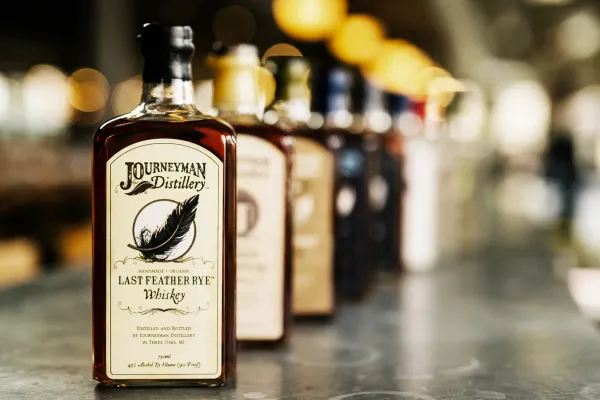Whiskey Fermentation Process Facts: The Yeast You’ll Wish You’d Known Sooner

Whiskey Fermentation Process: The Whiskey Spark You Can’t Ignore
The fermentation process for whiskey isn’t just a stage. It’s the yeast-driven spark that converts grains into alcohol, setting the stage for flavor. If you don’t know these standards, you’re missing the spark that ignites every bottle. For whiskey fans eager to understand production, this is the unshakeable truth about the whiskey fermentation process, rooted in legal standards and science, and a 2025 must-grasp.
What Is the Whiskey Fermentation Process?
U.S. law requires whiskey (bourbon, rye, etc.) to be fermented from a grain mash, producing a wash of 8-10% ABV in three to five days before distillation to 160 proof maximum. Scotch and Irish whiskey (Scotch Whisky Regulations 2009, Irish Whiskey Act 1980) follow similar rules, with fermentation often using malted barley. Yeast, added to the mash at 75-85°F, converts sugars (from corn, rye, or barley) into alcohol and flavor compounds like esters (fruity) and phenols (spicy), critical for whiskeys bottled at 80 proof minimum.
How Fermentation Shapes Whiskey
Yeast strains, selected for specific profiles, ferment corn mash for bourbon, yielding sweet esters that become caramel post-aging. Rye mash fermentation produces spicy phenols, enhancing rye whiskey’s clove notes. Malted barley in Scotch, fermented in open vats, develops nutty, fruity compounds, influenced by ambient microbes in Scotland’s climate (40-65°F). Fermentation duration (48-120 hours) and temperature control ensure consistency, with longer ferments adding complexity. The wash, distilled and aged (two-plus years), carries these flavors into the final whiskey at 80-120 proof.
Why Fermentation Matters for Your Sip
A bourbon at 80 proof, fermented with sweet yeast, delivers rich toffee, while a rye at 95 proof, from spicy yeast, offers bold clove, per legal standards. Poor fermentation muddles flavor. Every sip reflects the yeast’s precise role, making your next bottle a vibrant expression of its spark.
Why Whiskey Fermentation Process Matters in 2025
The whiskey fermentation process is the spirit’s flavor catalyst. By 2025, understanding these standards could make every sip a clear taste of yeast’s magic, from sweet to spicy. It’s the truth in the spark, so don’t miss the yeast.
Check out NEAT: Whiskey Finder—it’ll help you track down bourbon and whiskey near you.





